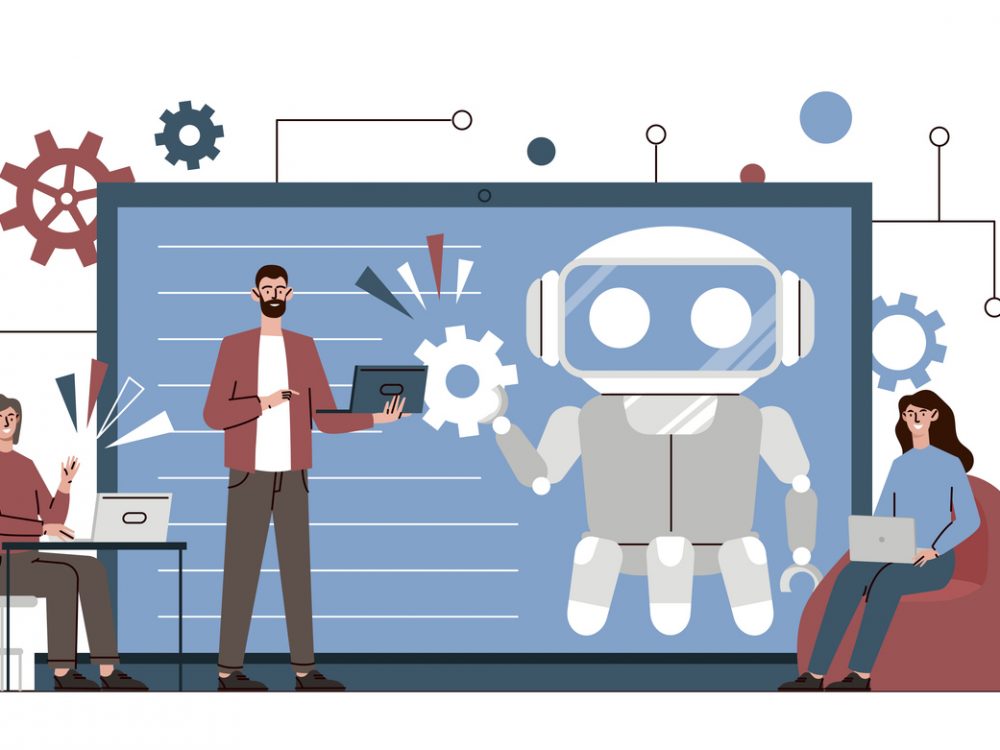DG’s Open Contracting Portal Designated as a Digital Public Good
Development Gateway: an IREX Venture’s (DG’s) Open Contracting Portal (OC Portal) was designated as a digital public good (DPG) and added to Digital Public Goods Alliance’s (DPGA’s) Registry on September 8, 2022. The goal of the DPGA and its Registry is to promote DPGs in order to create a more equitable world, which is in alignment with the vision behind the OC Portal: to organize and archive procurement documents, improve data transparency and feedback by the public, and to help publish procurement information in the Open Contracting Data Standard (OCDS).
What are Digital Public Goods and Why Do They Matter?
The individual and societal need for clean water, electricity, and other commodities gave rise to the notion of the public good (i.e., a good or service provided freely to all members of a society by a governmental actor or civil organization). Similarly, the notion of the DPG arose from the need to address complex problems throughout the world, especially in low- and middle-income countries, coupled with the aim of attaining the Sustainable Development Goals (SDGs) by 2030.
Like public goods, DPGs are digital solutions that are meant to address specific societal needs (e.g., improving literacy rates and creating safe, reliable systems for electronic medical records). In addressing these needs, DPGs advance the equity, sustainability, and well-being of that society. Furthermore, DPGs advance a society’s development by creating a more robust digital infrastructure and by reducing the digital and data divides in that society while contributing to global efforts to reduce these divides.
Generally, DPGs are software, AI models, standards, or content that are open-source, meaning their source code, design and/or data sets are publicly available and can be replicated, modified, and shared freely. DPGs listed on the DPGA’s Registry offer solutions on everything from detecting malnutrition in children under five to combating misinformation and hate speech.
The OC Portal: Helping Governments Spend Better
Through our work, DG has consistently advocated for open source and open data solutions as a means of making technology more accessible and sustainable, prioritizing reuse and engagement from open communities. The OC Portal shows this advocacy in action, with its mission to provide procurement analytics that can be used to improve procurement efficiency and, in turn, reduce corruption and increase impact.
“Delivering digital transformation that works for governments requires reliable, scalable, and well-documented digital tools that are fit for purpose,” said Josh. “Our OC Portal has been successfully designed, developed, and deployed directly with multiple government partners.“
Launched in September 2018, the Government of Makueni County’s OC Portal (Makueni OC Portal) was created to implement open contracting in Makueni County, Kenya; it was the first iteration of the OC Portal that provides both data input and analytics capabilities. Developed by DG in collaboration the Government of Makueni County (GMC) and Hivos, Makueni OC Portal helped Makueni County benefit from procurement analytics that are designed to improve procurement efficiency, increase value for money, and reduce corruption. The Makueni OC Portal allows for the collection of procurement data and maps that data to the OCDS, which makes it usable at a global level.

DG developed the platform using (1) the Open Contracting Explorer (OCE) framework upon which several of DG’s open contracting tools are built and (2) the DG Toolkit, which is a flexible, customizable, and ready-to-launch set of code modules (based on the Spring Framework) that DG developed and often uses as a base from which we build new systems.
Since DG launched the Makueni OC Portal, we have continued to work closely with Makueni government officials and the Open Contracting Partnership to ensure that the final tool responds to the government’s needs. After three years of evaluating the effectiveness of the Portal, DG leadership saw the potential for the OC Portal to become a DPG, with the aim of allowing others to more easily learn about the OC Portal as well as implement or improve open contracting systems elsewhere.
“DG was excited at the opportunity to contribute its work to the Digital Public Goods Registry, since we feel that the OC Portal is a tool from which many users worldwide can benefit.” said Vanessa Goas, DG’s Chief Operating Officer. “We were also grateful to the Digital Public Goods Alliance team for providing us feedback and support for making our tools more usable.”
Becoming an DPG: Expanding the OC Portal
Digital solutions, like the OC Portal, can be given DPG status after (1) being nominated and (2) undergoing a three-stage technical review process.
The first few steps in passing the technical review is ensuring the OC Portal meets the DPG Standard, which is the baseline requirement to ensure that digital solutions with DPG status encapsulate DGPA principles.
“The DPG Standard helped us focus on not only making open source tools,” said Fernando Ferreyra, DG’s Director of Software Development, “but also guided us on how to distribute them more effectively, while taking into account all the privacy and data protection policies which ensure that our digital solutions are what we build is used properly, requires a low level of support, and encourages the community to improve upon the digital solution.”
To satisfy the DPG Standard, the OC Portal had to align with nine DPGA-defined indicators, which include ensuring that the digital solution:
- Advances the United Nations’s SDGs;
- Has an open license;
- Has documentation outlining source code, use cases, and/or functional requirements; and
- Shows that it was designed to anticipate, prevent, and do no harm.
With these requirements in mind, the DG team adjusted the Makueni OC Portal, which included: updating privacy policy documents, checking assumptions about how user data is managed, and developing a dedicated website for the portal.
Best Practices for Developing DPGs
Throughout the process of creating the OC Portal, DG identified several best practices for organizations looking to create DPGs and seeking to meet the DPG Standard, which acted as a guide in the process.
- Build with intention: It’s better to think of any potential open source tool as DPGs from the beginning stages of their design, since retrofitting can take a bit of time. Considerations about privacy, password storing, and personal identifiable information (PII) need to be taken into account from the beginning, especially for digital solutions that collect and distribute data (personal or otherwise). These considerations are difficult to incorporate into an existing digital solution; therefore, best practice is to address them during the design phase.
- Adjust internal design principles: As additional digital solutions are designed, advocate that all digital solutions created meet DPG principles, even if they are not going to be submitted as DPGs. These principles are sound and protect the (PII) data.
- Obtain approval from clients and partners (if needed): Determine if the client or partner who is supporting the development of the digital solution is open to having the work be open source and submitted as a DPG.
- Maintain the appropriate licenses: Ensure that the licenses for any frameworks or libraries associated with the digital solution are consistent with the same licensing for the solution itself.
- Keep documentation updated: Ensuring all documentation related to the digital solution is up to date allows for a simplified DPG application process.
- Plan ahead: Allocate resources throughout the project to be ready for DPG submission at previously identified major milestones.
Going forward, we plan to review all of DG’s portfolio of open source applications to develop a strategy on retrofitting our digital solutions to submit others as DPGs (such as our Aid Management Platform).
Share
Recent Posts

Why Africa Will Define the Next Decade of Digital Public Infrastructure
As the global conversation shifts from frameworks to delivery, this blog reflects on why Africa will define the next decade of Digital Public Infrastructure (DPI), drawing on insights from the Global DPI Summit and years of on-the-ground experience.

Building Useful & Usable AI: A New Tool to Curb Procurement Corruption
DG, together with Accountability Lab, have launched a new AI-powered contract summary and analysis tool through the HackCorruption program, designed to help journalists, civil society, and the private sector detect red flags in procurement processes.

Accelerating Institutions: How DG’s 25 Years Create Unique Value for AI
As AI reshapes the digital landscape, we share in this blog DG’s approach to helping institutions adopt it effectively using clear use cases, strong data foundations, and decades of experience to cut through hype and prioritize ethical, sustainable impact.